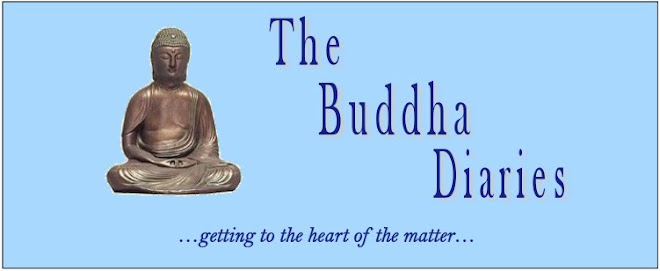 Writes Haruo Shirane in his "Introduction" to Burton Watson's translation of this Record of Miraculous Events..., it was "compiled in the early Heian period (794-1192) and is "Japan's first anecdotal (setsuwa) literature." It therefore occupies an important and influential place in Japanese literary history--and, since these are Buddhist stories, intended to be instructive of the dharma, in the history of Buddhism as it came to be practiced in Japan in later centuries. As such, its place in the canon of Japanese literary and religious studies is assured.
Writes Haruo Shirane in his "Introduction" to Burton Watson's translation of this Record of Miraculous Events..., it was "compiled in the early Heian period (794-1192) and is "Japan's first anecdotal (setsuwa) literature." It therefore occupies an important and influential place in Japanese literary history--and, since these are Buddhist stories, intended to be instructive of the dharma, in the history of Buddhism as it came to be practiced in Japan in later centuries. As such, its place in the canon of Japanese literary and religious studies is assured.That said, let's look at it from the point of view of the lay reader--one who is not principally a student of either of those areas of scholarship. In this light, my first observation is that this is not a book to be read from cover to cover. Its many parables--teaching stories--risk losing their charm and become repetitive if you read too many of them in succession. They were passed on in an oral tradition, and eventually written down (by the monk, Kyokai) for the edification of people at a time, and in a culture, very different from our own. Much of their charm, to the contemporary reader, lies precisely in their evocation of so foreign and formal a cultural environment. They read, in a sense, like fairy tales. To read of gods and devils, of magical powers and the casting of spells is for us a very different experience than for those for whom the stories were intended. We read them without fear and trembling, but rather for their literary charm, for their metaphorical delights, their seductive quaintness, and no longer to be instructed in the Buddhist values they embody.
The lesson of these tales is a simple and repeated one: it is the law of karma. No good deed goes unrewarded, no bad deed unpunished. The good deeds most frequently include filial duty and acts of kindness, as well as the more conventional recitation or copying of the sutras, fasting, and sacrifice; the bad ones, acts of violence and cruelty, disrespect for parents, adultery, theft and murder. Visions of paradise alternate with visions of hell--the familiar fires, for the most part, and the burning of the flesh. Souls, upon death, transmigrate into new and different life forms--animals, plants, and existence in different social status. Some for the better, others... not so much. Class hierarchy is strictly observed, and the rehearsal of heritage and family associations an important part of each story.
For the lay reader, then, these stories amuse, enchant, sometimes delight, but eventually, even in their drama, there is a sameness to them. The book is a wonderful addition to the bedside table, to be picked up from time to time to indulge in the pleasure of a couple of stories, picked at random, to be transported into a magical world far from our own, but a world that operates according to its own laws, its own social mores, its own logic. It also reminds us, importantly, to renew our awareness of the way that karma operates in our own lives and our contemporary world, though perhaps generally with less dramatic distinctions between good and evil than we find here. The simple lesson that what we prefer, these days, to call "skillful" actions lead to results that bring greater happiness into our lives, and that unskillful ones invariably land us in trouble, is a truth that bears repeating.






No comments:
Post a Comment